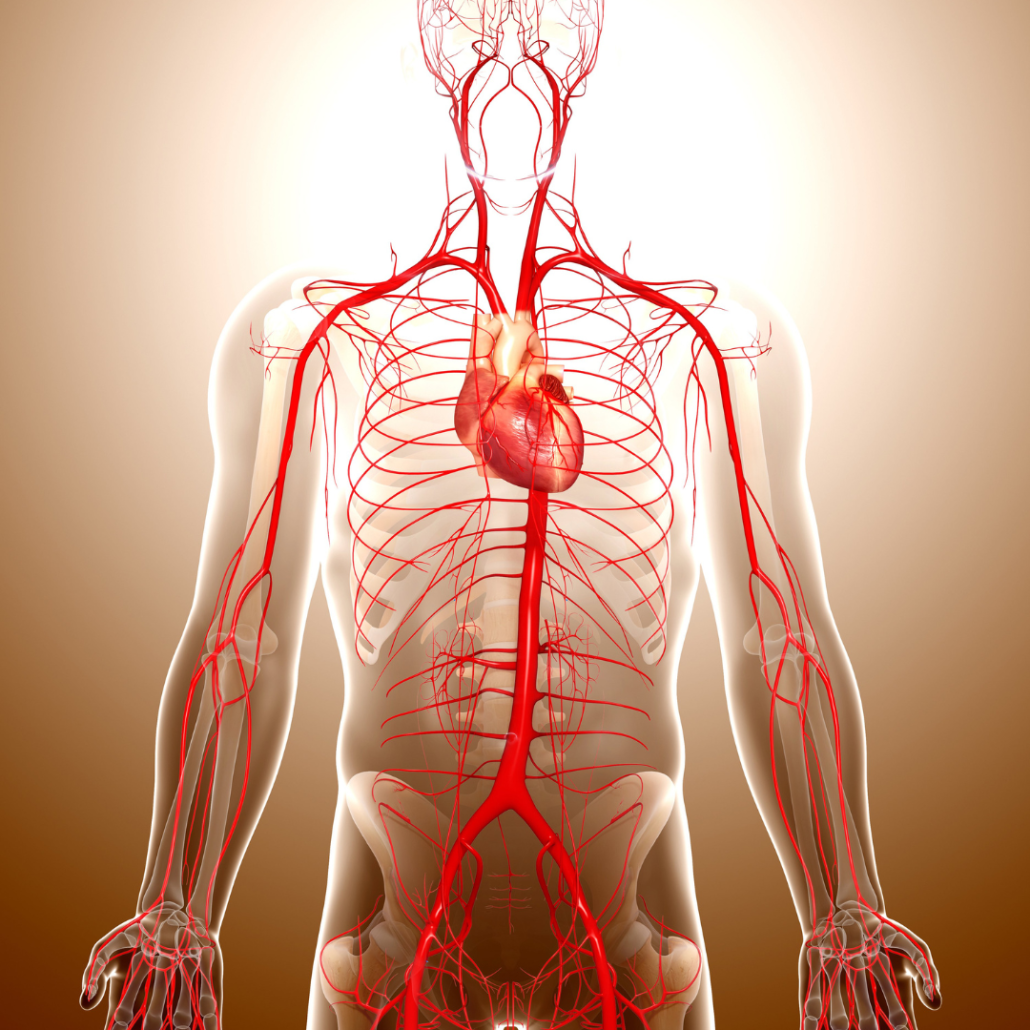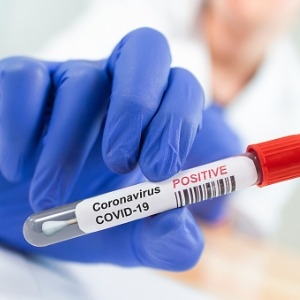Truncus Arteriosus: What You Need To Know
Truncus arteriosus is an uncommon and complicated congenital cardiac abnormality that affects the proper development of the heart and main blood arteries during foetal development. The embryonic truncus arteriosus, a single, sizable blood vessel that ought to divide into the aorta and pulmonary artery, causes this disorder when it doesn’t fully separate. Because of the mixing of oxygen-rich and oxygen-poor blood, different problems develop.
We will examine the causes, signs, diagnosis, and available treatments for truncus arteriosus in this article.

Risk factors & Cause
Truncus arteriosus’ specific etiology is unknown. However, doctors believe it to be the result of the heart’s aberrant growth during the first trimester of pregnancy. The risk of this illness drastically increases by both genetic and environmental factors. Truncus arteriosus is more likely to be present at birth in people with specific genetic abnormalities, such as DiGeorge syndrome or 22q11.2 deletion syndrome.
Symptoms of Truncus Arteriosus
Truncus arteriosus patients may have a wide range of symptoms. These depend on the size of the defect and any related consequences. Typical signs include:
- Cyanosis: Bluish skin, lips, and nail beds as a result of insufficient oxygen in the blood.
- Rapid Breathing: Infants may breathe quickly or laboriously.
- Weight gain: Babies may quickly experience fatigue during feedings and may have trouble gaining weight.
- Heart murmur: A characteristic sound caused by turbulence in the heart’s blood flow.
- Developmental issues: Growth and developmental milestones may experience a delay in children with untreated truncus arteriosus, including decreased growth.
Diagnosis
After birth or in the early years of life, one often undergoes diagnosis to detect Truncus arteriosus. Doctors often detect a heart murmur during a physical examination, prompting further investigation. Diagnostic tests may include:
- Echocardiogram: An ultrasound of the heart that visualizes its structure, blood flow patterns, and any abnormalities.
- Chest X-ray: Helps visualize the size and shape of the heart and assess the impact on the lungs.
- Cardiac Catheterization: A procedure where the insertion of a thin tube into and through a blood vessel which is then guided to the heart to obtain detailed information about the heart’s structure and function.

Treatment for Truncus Arteriosus
The treatment of Truncus arteriosus at a very early stage is crucial for successful recovery. The main course of therapy include surgical repair to properly reroute blood flow. The following stages are commonly a part in the surgical procedure:
- Truncal Valve Closure: The opening of the common valve that covers a single big blood artery is separated.
- Pulmonary Artery Separation: The right ventricle is attached to the pulmonary artery, which is cut off from the aorta.
- Creating a new aorta: A new aorta is created using a synthetic conduit or graft. This delivers blood rich in oxygen from the left ventricle.
Making sure to appropriately divide oxygen-rich and oxygen-poor blood and then sent to their appropriate routes is the aim of the procedure. The requirement of a two-stage surgical procedure may arise in some circumstances. This is especially if the defect is complex or there’s a compromization with infant’s health.
Living with Truncus arteriosus
The prognosis for people with truncus arteriosus has greatly improved because of improvements in surgical methods and medical treatment. A lot of kids who have corrective surgery go on to have rather typical lives. However, to monitor heart function, identify any possible issues, and guarantee optimum general health, regular follow-up appointments with a pediatric cardiologist are essential.
As a result, this is a complicated congenital cardiac condition. The identification and treatment of this condition is very important with early detection for the best results. The prognosis for those who suffer affliction has significantly improved because of developments in medical technology and surgical methods.
To ensure early discovery, prompt treatment, and continuous care, healthcare providers must collaborate closely with families.
The medical community displays its commitment to enhance the lives of people born with truncus arteriosus. They do this by precise diagnosis, efficient treatment, and continued support as researchers continue to investigate the underlying causes of this disorder.
For more information or treatment related inquiries, visit us at Travocure!
















Hey, cool post You can check if there’s a problem with your website with Internet Explorer. Because of this issue, many readers will overlook your excellent writing because IE is still the most popular browser.